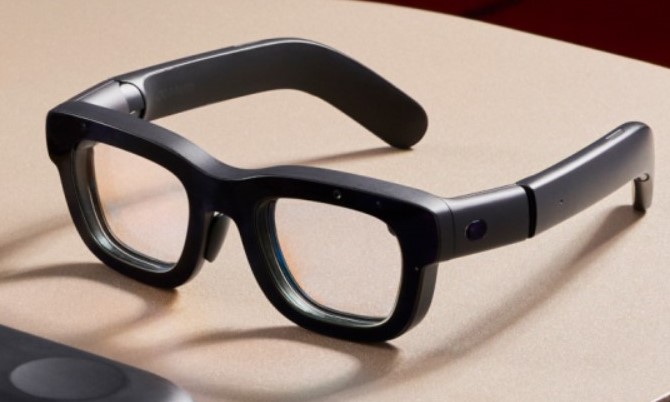Shopping
Meta’s AI Shopping Gamble Tests Virtual Retail | PYMNTS.com

Shoppers may soon browse digital clothing racks and try on virtual jewelry from their living rooms with the help of artificial intelligence (AI) as Meta pushes its vision of a new augmented reality headset.
Retail analysts say the company’s combination of AI and augmented reality could change how consumers shop. It would allow them to interact with 3D product displays, receive AI-powered style recommendations, and test items in virtual environments before purchasing.
“AI is set to revolutionize personalized shopping by analyzing vast amounts of consumer data in real time to tailor recommendations and experiences,” Dorota Wróbel, general manager of the digital marketplace G2A, told PYMNTS.
“For businesses, integrating AI will streamline how they present products, allowing for highly customized suggestions based on individual preferences and behaviors. This level of personalization will improve engagement and help shoppers make more informed decisions, enhancing the overall shopping experience across digital platforms.”
Meta’s AR Vision
Meta recently unveiled a lightweight (100 grams, about the weight of a bar of soap) augmented reality glasses prototype called “Orion.” These glasses offer a 70-degree field of view through transparent lenses using waveguide technology and microprojectors, marking a shift from their previous focus on bulky VR headsets.
While the prototype currently costs $10,000 per unit to produce, Meta aims to bring a consumer version to market “in the next few years” with features including hand tracking, voice commands, and a neural interface wristband for control.
The new glasses “seamlessly integrate contextual AI that can sense and understand the world around you in order to anticipate and proactively address your needs,” Meta wrote in its announcement.
Augmented reality (AR) is a technology that overlays digital content like images, text, or 3D holograms onto the real world while allowing you to see your actual surroundings. Unlike virtual reality, which completely replaces your view with a digital environment, AR allows you to see your surroundings.
Multiple augmented reality headsets are already available to consumers and businesses. Meta’s Quest 3 offers color passthrough and mixed-reality features that let users interact with virtual objects while seeing their surroundings. The Apple Vision Pro headset combines dual displays and hand tracking to overlay digital content onto the user’s physical environment. The XREAL Air AR glasses take a different approach by projecting a virtual display that appears to float in front of the user, all while maintaining the lightweight form factor of traditional eyewear.
The combination of AI and AR could change how consumers shop by making it easier to find products they want before they even realize they need them, Eli Goodman, CEO and co-founder of Datos, a Semrush Company, told PYMNTS. AI can analyze shopping habits and preferences to recommend items.
“At the same time, AR lets customers ‘touch and feel’ products — whether it’s virtually trying on a new pair of glasses or seeing how a new piece of furniture fits in their home,” he added.
“This kind of experience might lead to more impulse buys, but it also helps simplify choices. It might not necessarily be a good thing for anyone on a budget, but it might be able to combat ‘option fatigue’ and help narrow down options for consumers.”
Faster Marketing Through AI
Anthony Miyazaki, a marketing professor at Florida International University, told PYMNTs that AI’s unique power is its real-time responsiveness.
“When AI’s real-time responsiveness for generating content is combined with AR’s blend of tech and reality, it brings world-building to the next level for consumers,” he said.
“We see this happen with live salespeople all the time, but only in words, when they consider your responses to their sales pitch and then try to communicate potential scenarios where the product would be a reasonable fit for you.”
The next wave of online shopping may bypass your screen entirely.
“Consider the massive growth of real-time social media selling via TikTok Shop and Instagram Shopping,” Miyazaki said. “Now add AI-assisted AR, where content can change based on the momentary engagement of the user, producing audiovisuals of influencers who interact with you in a customized manner. This is where AI and AR will transform online shopping.”









